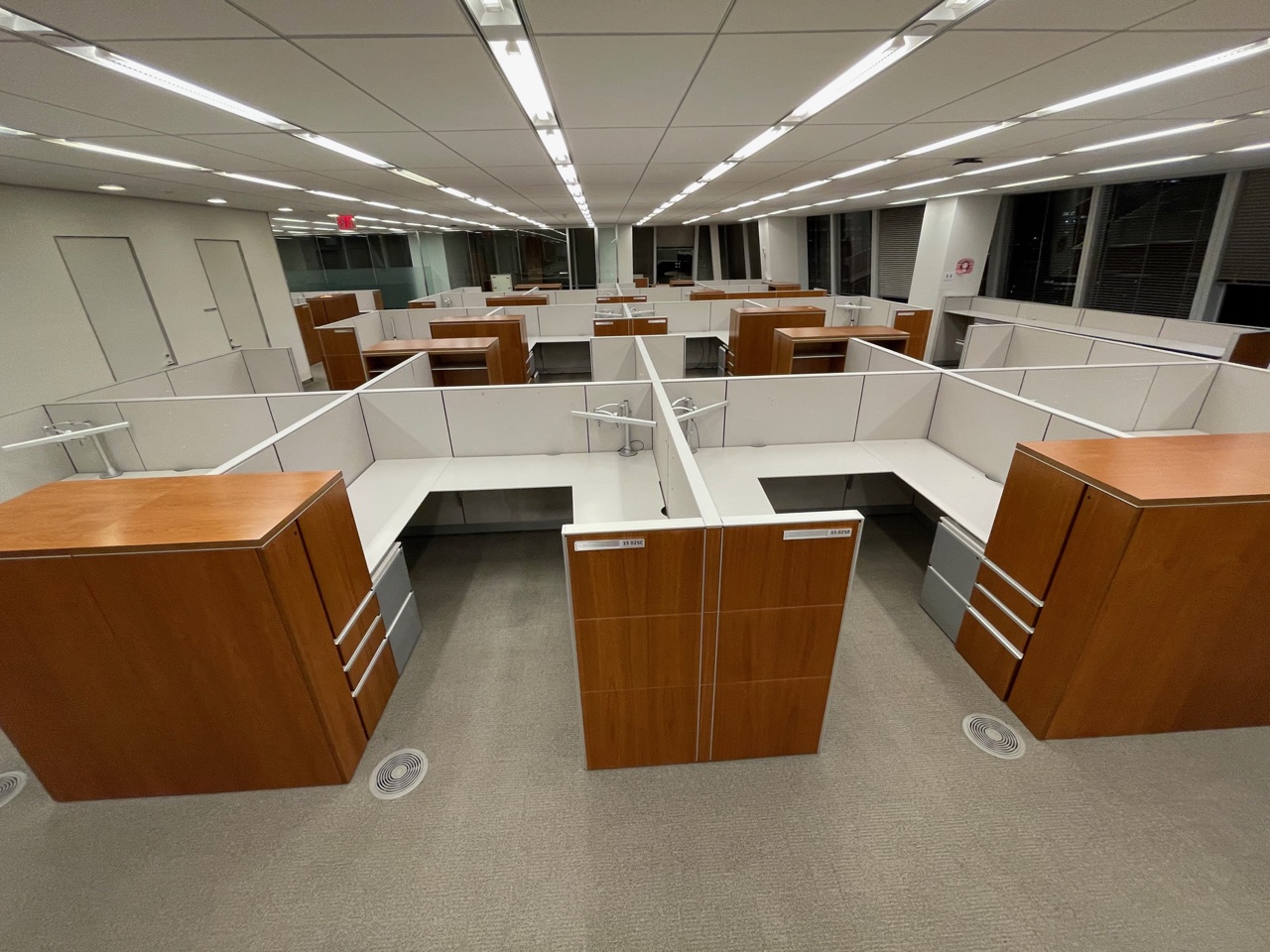The Environmental Impact of Placing Office Furniture in a Landfill
When it comes to disposing of old office furniture, many people may not think much about the environmental impact of simply throwing it in a landfill. However, this can have significant negative consequences for the environment and public health. Let’s take a closer look at the effects of placing office furniture in a landfill.
Slow Decomposition and Harmful Chemicals
Office furniture often contains materials such as plastics, foam, and synthetic fabrics that can take hundreds of years to decompose in a landfill. As these materials break down, they can release harmful chemicals and greenhouse gases into the atmosphere, contributing to climate change and air pollution.
For example, polyurethane foam is commonly found in office chairs and can release toxic fumes when burned or decomposed. Additionally, vinyl and PVC materials often used in office furniture can release harmful chemicals such as dioxins and phthalates during decomposition.
Contamination of Soil and Water
Landfills can also pose a risk to public health by contaminating soil and groundwater with toxic substances that can seep out of decomposing waste. This can lead to contamination of drinking water sources and harm to wildlife and ecosystems.
Furthermore, the sheer volume of office furniture and other waste materials in landfills can cause significant environmental problems. For example, furniture can take up valuable space and displace other important uses, such as natural habitats or agricultural land.
Waste of Valuable Resources
By not recycling or repurposing old office furniture, we miss out on the opportunity to conserve energy, water, and raw materials that went into making the furniture in the first place. This can exacerbate issues of resource depletion and contribute to the negative impacts of extraction, such as pollution and habitat destruction.
Sustainable Options for Disposal
To minimize the negative impact of office furniture disposal, there are more sustainable options to consider. For example, recycling or repurposing the furniture can help conserve resources and reduce greenhouse gas emissions.
Many organizations also donate old furniture to non-profit organizations or schools, providing an opportunity to give back to the community and reduce waste. Another option is to sell or donate furniture to a local consignment shop or online marketplace, giving it a second life and reducing waste.
Conclusion
Placing office furniture in a landfill can have significant negative environmental and public health impacts. By exploring more sustainable options for disposal, we can help reduce waste, conserve resources, and protect our planet for future generations.



